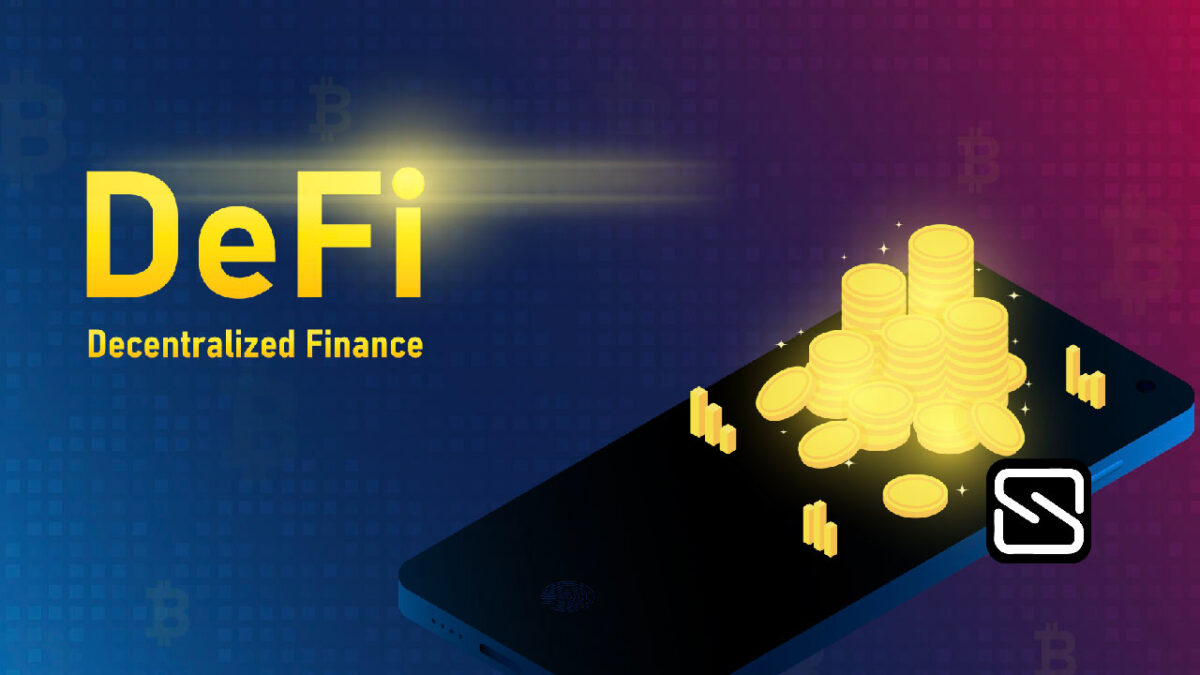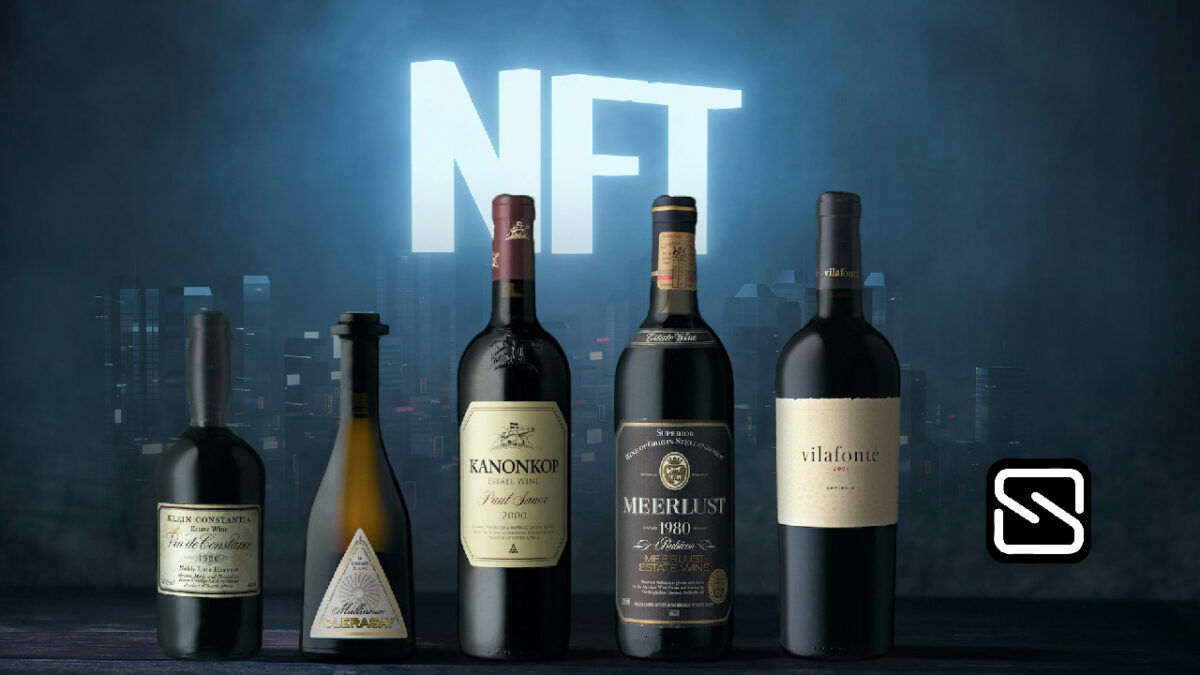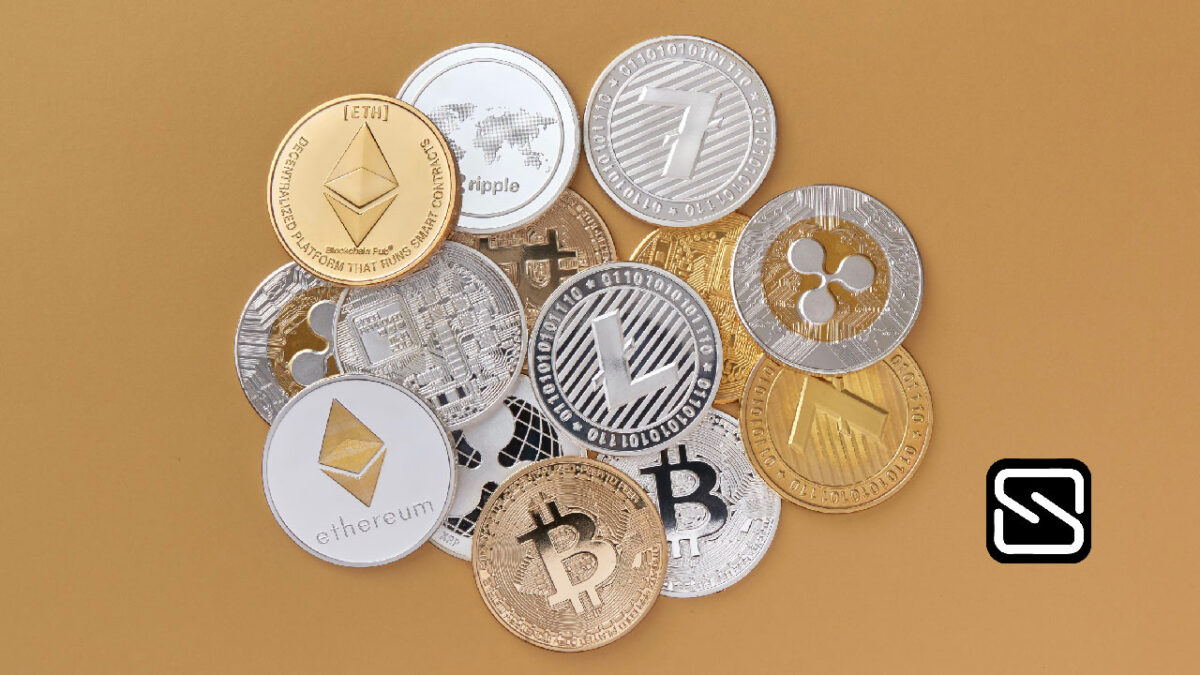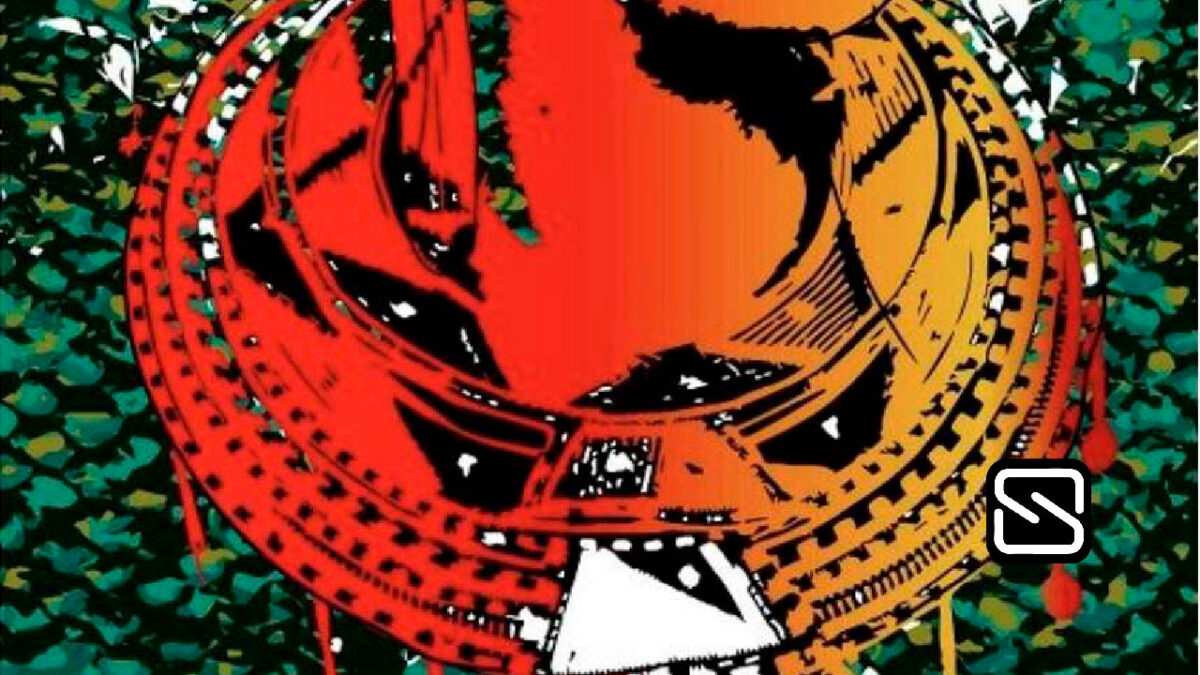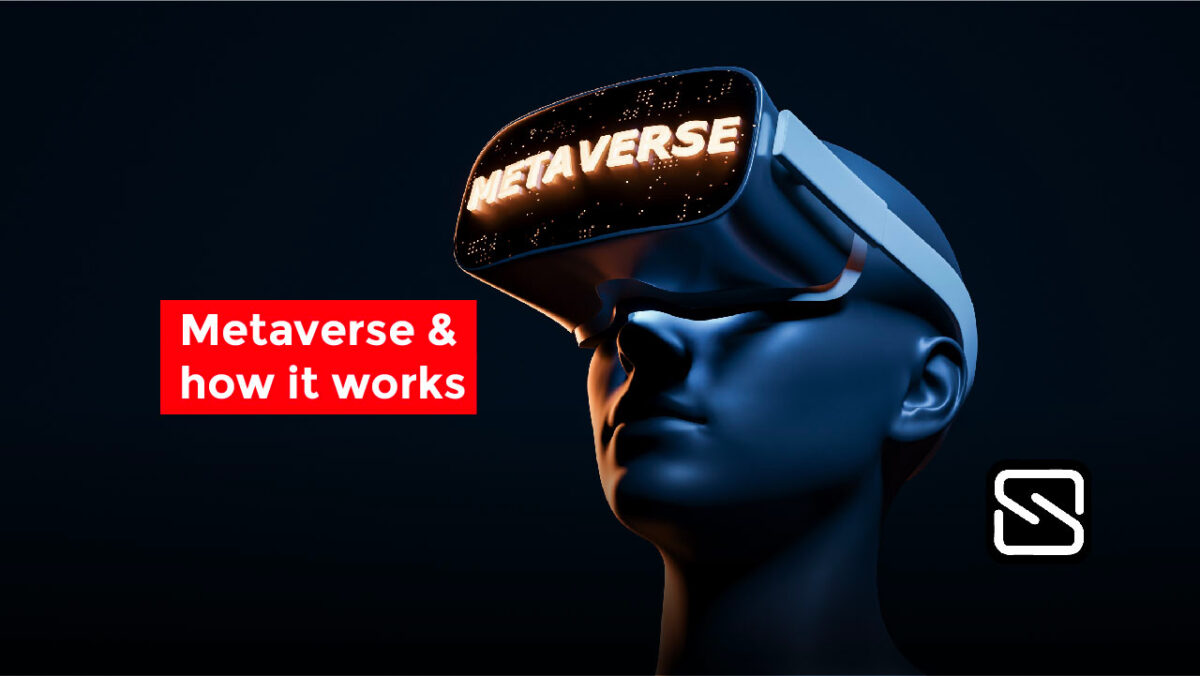You could have heard about the metaverse before late 2021 if you pay attention to the tech, gaming, or crypto worlds. Even if you’re not involved in the tech/blockchain realms, chances are you’ve noticed a significant increase in “metaverse” talk since Facebook announced its high aspirations to develop the “metaverse”. Breaking down the metaverse might be quite challenging to nail down in a snippet. However, it’s the vision that the internet could be more immersive and all-encompassing, with Virtual Reality (VR) and Augmented Reality (AR) headsets likely to play a big role as online experiences and potentially replace some real-world activities.
According to JP Morgan, the metaverse represents a $1 trillion market, and a slew of corporations have expressed an interest in exploring the possibilities it has to offer.
What you need to know about the metaverse:
While there may be competing visions for how the metaverse will work, one thing appears to be consistent: it’s being viewed as the next major evolution of the Internet, moving away from today’s text-driven websites and often-closed ecosystems and toward shared, overlapping 3D spaces where users interact through avatars.
The metaverse, according to proponents, will be utilized for a variety of purposes, including socializing, events, gaming, commerce, and even work. The metaverse will not be a single website or platform, but rather a collection of online places that will allow you to transport your customisable avatars and assets from one virtual location to the next.
NFTs and blockchain technology could be used for this final component. Popular NFTs such as the Bored Ape Yacht Club and CryptoPunks may be turned into 3D avatars that owners could use in metaverse environments. These virtual assets can be sold, altered, and monetized, among other things.
The metaverse as a concept predates the current surge of interest in it. The term itself first appeared in Neal Stephenson’s iconic cyberpunk novel ‘Snow Crash’, Ernest Cline’s ‘Ready, Player One’. And then the Steven Spielberg-directed film adaptation, brought it to a wider audience.
How it works
You can own avatars, land, digital clothes, and other objects in the metaverse, and migrate them across platforms using your crypto wallet. For crypto businesses pushing the technology, interoperability is key: it’s not simply about being locked into a single platform from Facebook, Google, or any other tech giant.
Additionally, proponents of the metaverse believe it is opening up new economic opportunities for both users and creators, whether through play-to-earn video games (like Axie Infinity), creating content and items that others can buy as NFTs, or even designing games and places that users can explore and enjoy for a fee. A crypto-powered metaverse could help to democratize the Internet and provide major value to consumers instead of platform operators.
In Facebook’s vision of the metaverse, users can interact together in 3D spaces and have the ability to shift between different experiences. For example, you could share a room with other users and chat or play cards, and then pop out with a pal into a 3D surfing game. From there, you could hit an NFT art gallery, pop into a digital casino, or check out a live concert. And then you can get some alone time in your own personal, customizable home base.
Given that the metaverse is being marketed as a more immersive Internet, it’s no surprise that virtual reality and augmented reality glasses will be essential for experiencing the 3D worlds. The metaverse is described by Meta as an “embodied Internet,” enhanced not only by 3D graphics but also by a stronger sense of digital presence and interactivity. The metaverse, though, will not be limited to headsets. Anticipate it to appear on PCs and mobile devices as well.
Who is building the metaverse?
There are a lot of companies, supposedly investing and building the metaverse and the list keeps increasing over time.
But it is not Facebook building experiences: it’ll likely be an array of companies and creators, large and small. The unifying element may be the use of a crypto wallet or similar functionality to log in to services and tap into your owned assets. Whether it’s equipping a 3D avatar, playing with in-game items, or loading up a personal location that you own as an NFT, you’ll want access to your own digital stuff no matter where you’re at.
In other words, the metaverse is not a single destination run by a single company or community. It’s expected to be more open than that, but all built on an interoperable, potentially blockchain-based framework that enables easy movement across places and spaces.
Apart from Facebook, Chinese tech and gaming giant Tencent has devoted a significant amount of resources to the metaverse, and Microsoft has stated that its planned acquisition of Activision is all about preparing for the metaverse.
Walmart and Disney, for example, have announced ambitions to expand their products into the metaverse, with Disney CEO Bob Chapek dubbing it “the next great storytelling frontier.” Others are more wary; Shuntaro Furukawa, president of gaming behemoth Nintendo, has remarked that while the metaverse has “huge potential,” the business has yet to have any clear plans.
Every realm, formerly Republic Realm, is also putting millions of dollars into valuable digital real estate, including buying a single Sandbox plot for $4.3 million, with hopes to construct premium metaverse attractions. Coinbase Ventures, Paris Hilton, and Nas were among the investors in a $60 million Series A fundraising round led by Andreessen Horowtiz in February 2022.
The Future
Facebook says its vision for the metaverse is potentially 5 to 10 years out. That’s a large gap, but it likewise reflects just how far off a lot of this is. It’s going to take years to build the infrastructure for the metaverse, not to mention establishing best practices, adding interoperability between platforms, and plenty more. VR is hardly mainstream, AR headsets aren’t ready for consumers, and your average home laptop or tablet today can’t handle heavily populated, super-polished 3D worlds with ease.
Nevertheless, there’s a potentially massive opportunity ahead. Bloomberg estimates that the metaverse market could be worth $800 billion by 2024. Grayscale and JP Morgan, on the other hand, see the metaverse as a potential $1 trillion market at some point in the future but haven’t specified when. Again, a lot about the metaverse is currently uncertain, but investors and startups see dollar signs ahead.
Conclusively, even if the broader vision of the metaverse is years out, we’re sure to see rapid, albeit gradual growth elsewhere in the months and years to come. It might be a long time before we’re really “living” in the metaverse, but it should be very interesting to see it take shape in the years to come. However, it is unclear how the metaverse will function or who will manage it, and the word has recently been adopted as a catch-all for a variety of forward-thinking tech, gaming, and NFT-related activities.
